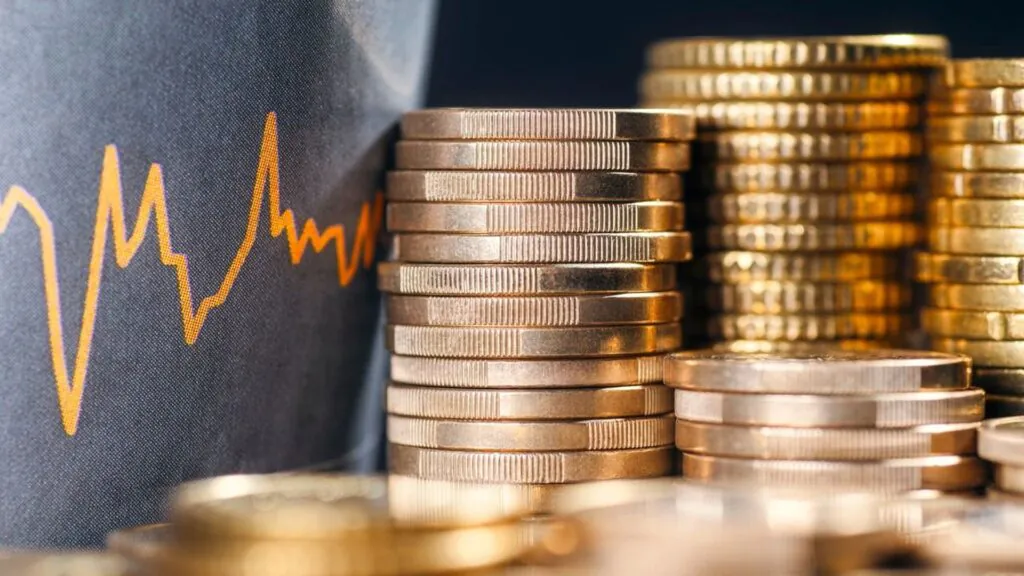Introduction
Imagine if Warren Buffett, Jeff Bezos, and Elon Musk all started buying the same asset at the same time. You’d pay attention, right?
Well, that’s exactly what’s happening with central banks and gold right now. In 2024, they bought 1,037 tonnes—the second-highest year on record. And in 2025? The buying spree isn’t slowing down.
But here’s what really matters: Why are they doing this? And how can you profit from their moves?
Let’s break it down.
Why Central Banks Are Stockpiling Gold Like Never Before
1. They’re Losing Faith in the Dollar
- The U.S. froze $300 billion of Russia’s reserves in 2022.
- China, India, and others are now diversifying away from the dollar.
- Gold is the ultimate neutral asset—no government can sanction it.
What this means for you:
When central banks buy, prices rise. And they’re not stopping anytime soon.
2. Inflation Is Still a Silent Killer
- Even at 3-4% inflation, cash loses value fast.
- Gold has outperformed cash in every high-inflation decade since 1970.
Real-world example:
If you held $10,000 in cash since 2020, you lost ~15% of purchasing power.
If you held $10,000 in gold? You’re up over 60%.
3. They’re Preparing for the Next Crisis
- Wars, financial crashes, pandemics—gold always surges during chaos.
- Central banks know the next crisis is coming… they’re just getting ready first.
Key takeaway:
If the world’s most powerful banks are hoarding gold, maybe you should too.
How to Invest Alongside Central Banks (Without a Billion-Dollar Budget)
Option 1: Physical Gold (Best for Long-Term Holders)
✅ Coins (American Eagles, Canadian Maples) – Easy to sell, hard to fake.
✅ Small Bars (1 oz – 10 oz) – Lower premiums than coins.
❌ Avoid Collectibles – Stick to bullion, not rare coins.
Where to Buy:
- Reputable dealers (APMEX, JM Bullion, local coin shops with reviews).
- Costco (Yes, they sell gold bars now—and they sell out fast).
Option 2: Gold ETFs (Easiest for Beginners)
- GLD (SPDR Gold Shares) – Largest, most liquid.
- IAU (iShares Gold Trust) – Lower fees than GLD.
- SGOL (Aberdeen Gold Trust) – Physically backed, stored in Switzerland.
Pro tip:
ETFs are great for trading, but they don’t protect you from a banking crisis.
Option 3: Gold Miners (Higher Risk, Higher Reward)
- Newmont (NEM) – World’s biggest gold miner.
- Barrick Gold (GOLD) – Strong balance sheet, pays dividend.
- Royalty Companies (Wheaton Precious Metals, Franco-Nevada) – Lower risk than miners.
Warning:
Miners are more volatile than physical gold. Only invest if you understand the sector.
What the Experts Are Saying
| Analyst | Prediction | Key Insight |
| Goldman Sachs | “Central bank demand will push gold to $3,500” | “This isn’t speculation—it’s a structural shift.” |
| UBS | “Retail investors are just starting to catch on” | “The real rally begins when ETFs start buying.” |
| JP Morgan | “Gold will outperform stocks in 2025” | “A 10% portfolio allocation makes sense now.” |
FAQs – Your Burning Questions Answered
Q: Should I wait for a dip before buying?
A: Maybe. Gold has strong support at $3,000, so anything below that is a good entry.
Q: How much of my portfolio should be in gold?
A: 5-15% is the sweet spot. Enough to hedge, not enough to wreck you if it drops.
Q: What’s the biggest mistake gold investors make?
A: Panic selling during corrections. Gold is a long-term play, not a meme stock.
Final Thought: What You Should Do Next
Central banks are sending a clear signal—gold is no longer just a “barbarous relic.” It’s becoming a core asset in the new financial system.
Your move? If you’re aggressive, look at miners for leveraged upside. If you own zero gold, start with 1-2% in an ETF (GLD or IAU). If you already own some, consider adding physical coins or bars.

